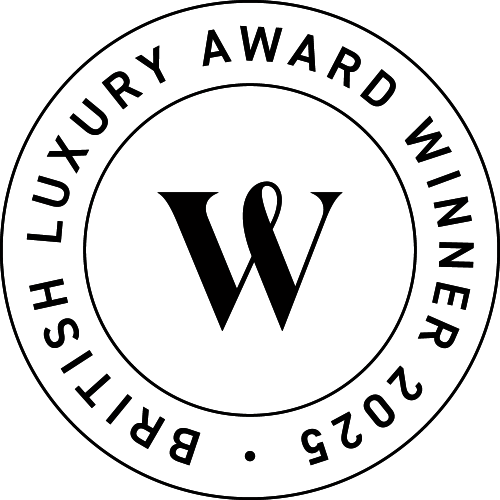Of all the alchemical mysteries that winemaking involves, let's shine a light on one that takes place well away from the eyes of the consumer. The dark art of cellar ageing. While some wines are best enjoyed a few years after they’re first bottled, others linger in the depths for longer. What lies behind the decision to make older vintages available again years after they were first released?
The simple answer is: the winemaker's art. It's important to see that making wine is an art, one that involves as many complex choices as any act of creativity. Winemakers are composers, combining multiple elements of nature into a multi-layered result. Time is a critical component. When to plant and when to harvest? How long to leave the pressed juice maturing on the lees before bottling? When, for sparkling wine, to disgorge? And finally, the art is knowing when the wine has achieved its ultimate expression and is ready to present.
No fixed formula determines those decisions. Nor is it always true that the longer a wine is cellar-aged the better. Some lighter grape varieties lend themselves to being drunk young. A simple Sauvignon Blanc, for example, will not reward 20 years of delayed gratification. Each year's different weather conditions, from planting and pruning to harvest, influence the optimum ageing time.
For cellar ageing to achieve its purpose of imparting more nuanced flavours and letting more character evolve, while also maintaining bright freshness, the base wines must have a strong structure to begin with. This derives from their natural levels of acidity or tannins, plus a certain amount of firm fruit profile. Gusbourne's Blanc de Blancs, for example, has exactly the kind of structure that benefits from extended time in bottle. These are the variables the skilled winemaker will weigh and balance in deciding which vintage to age, constantly sampling and monitoring how the wine is evolving as it sits in the cellar and the years go by.
Longevity is here to stay
Master Sommelier and Gusbourne Brand Ambassador Laura Rhys was impressed at a recent vertical tasting of library wines featuring our Blanc de Blancs 2006, 2007, 2008 and 2010. She noted how well each was developing, while retaining the subtle differences of their unique vintage.
Of our library re-release of Rosé 2013, which spent three years on its lees and under cork, Laura says: "My previous tasting in 2017 showed it red-fruit dominant – redcurrant, rhubarb, morello cherry and raspberry. It's now rounding beautifully into a softer, creamier profile of raspberry fool, candied nut and patisserie."
Such are the delights of time. In terms of tips on storing and ageing wines further at home once transported from the cellar, it's common knowledge that serious bottles are better laid down horizontally than upright. Laura has something to say beyond that on temperature. "While a cool dark place makes for ideal storage, it's the stability of temperature that matters most." In absence of your own chalk or limestone cave, it's worth remembering that the kitchen is never the best place for storing wine. Find somewhere fluctuation-free and away from direct sunlight. It'd be a shame to compromise all those years of careful attention at the maker's hands.
Some wonderful examples of cellar-aged Gusbourne wines are our Rosé 2013 and Blanc de Blancs 2013. We brought some out of the cellar recently for a limited web purchase. To be the first to know about new and special releases like thess ones in the future, click here.
You may also like...









